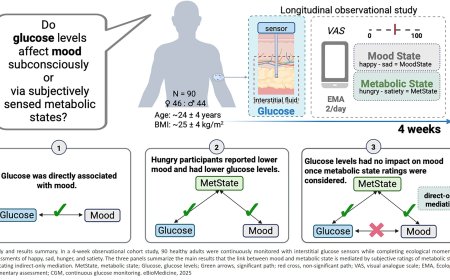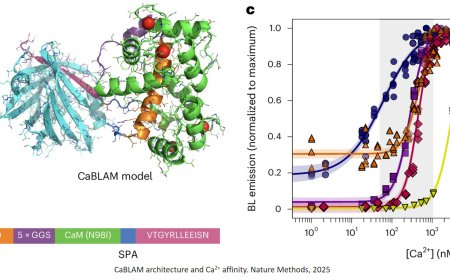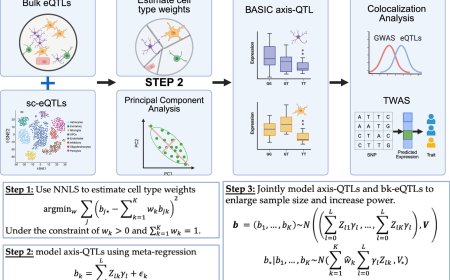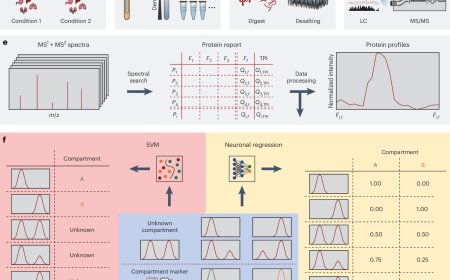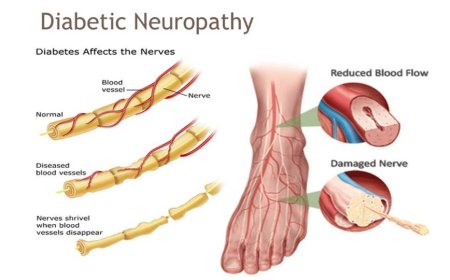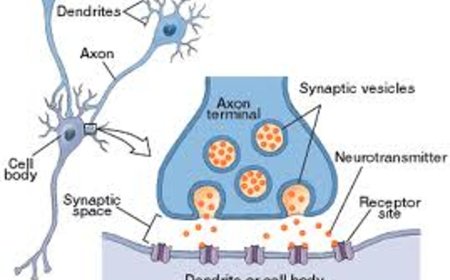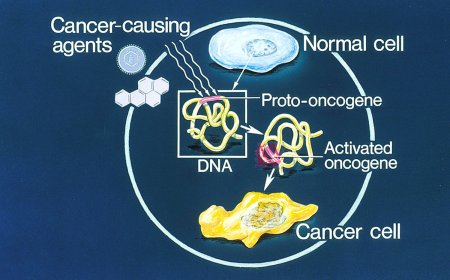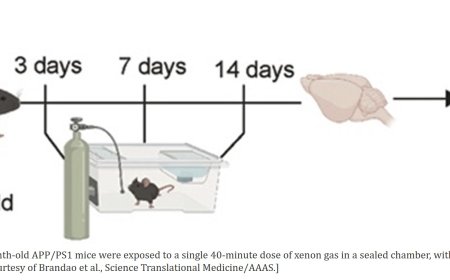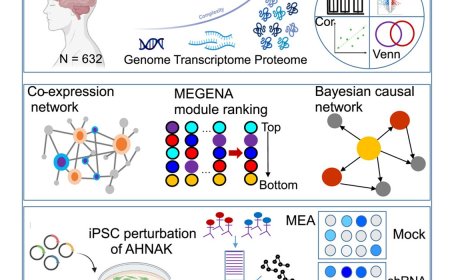How the brain deciphers thermal sensations
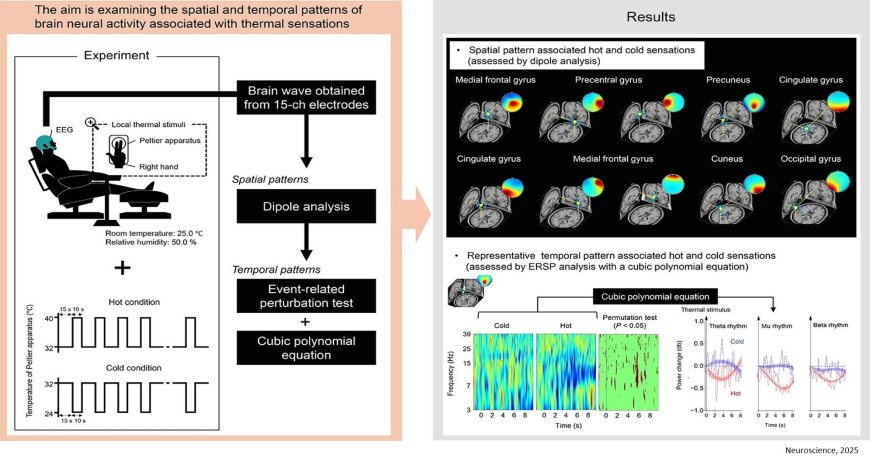
When we touch something hot or cold, the temperature is consciously sensed. Previous studies have shown that the cortex, the outermost layer of the brain, is responsible for thermal sensations. However, how the cortex determines whether something is hot or cold is not well understood. Thermal sensitivity is often subjective and individualistic; what is a comfortable temperature for someone might be too hot or too cold for someone else.
In a new study, the researchers used electroencephalography (EEG) to map the brain’s response to hot and cold temperatures and clarify the activity patterns. In this study, 20 participants were exposed to different temperature treatments on their right index and middle fingers. The temperature treatments were given in pulses for 15 seconds with a 10-second intermittent temperature of 32 ˚C. Brain neural activity in response to the two different temperatures, 40 ˚C and 24 ˚C, was recorded using a wearable EEG device. The study was published in Neuroscience.
The recordings were analyzed to reveal region- and time-specific patterns of brain activity. Clustered brain activity was found in ten different areas within the cortex. Interestingly, both hot and cold temperatures invoked brain activity in the same ten areas. However, the EEG differed in response to the two types of thermal sensation. “Differences in these activity patterns will allow temperature differences to be distinguished, leading to different behaviors,” says the senior author.
Different types of activity patterns in the same brain regions could be the underlying mechanism for distinguishing between hot and cold temperatures. It was also observed that most of the brain activity was concentrated in the right hemisphere, indicating that it has a greater role to play in thermal sensations than the left hemisphere.
https://www.ibroneuroscience.org/article/S0306-4522(24)00633-X/fulltext



